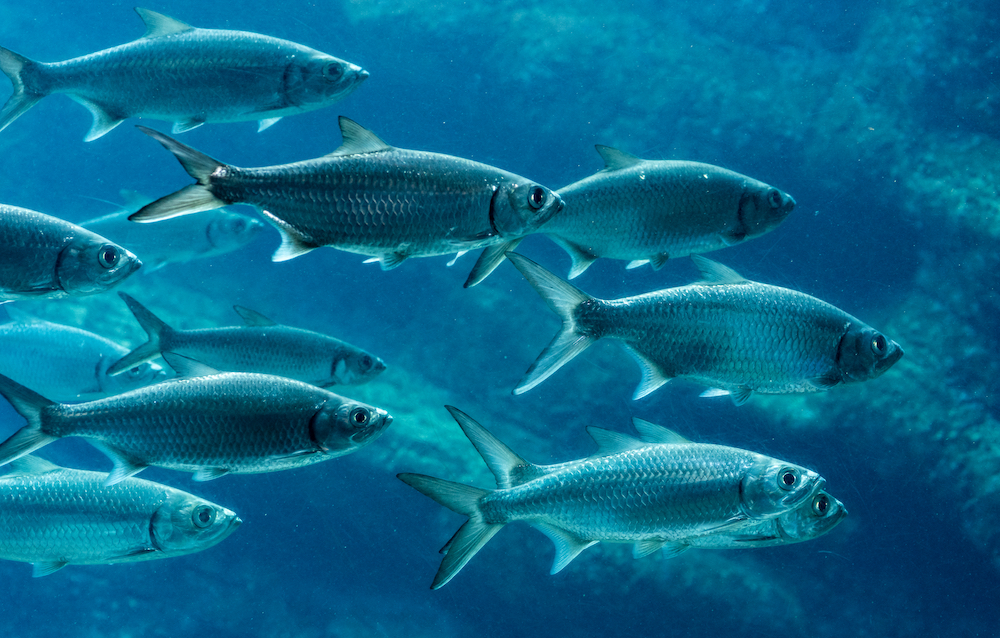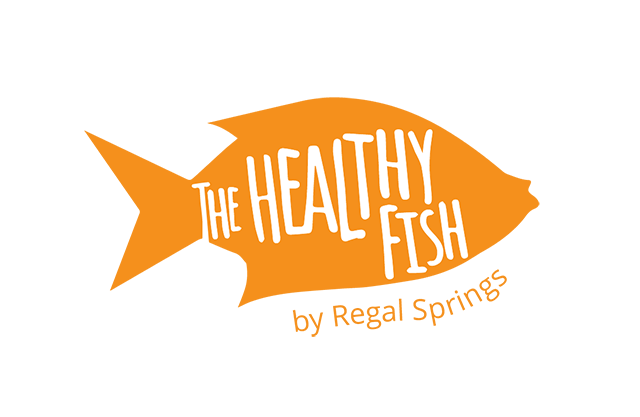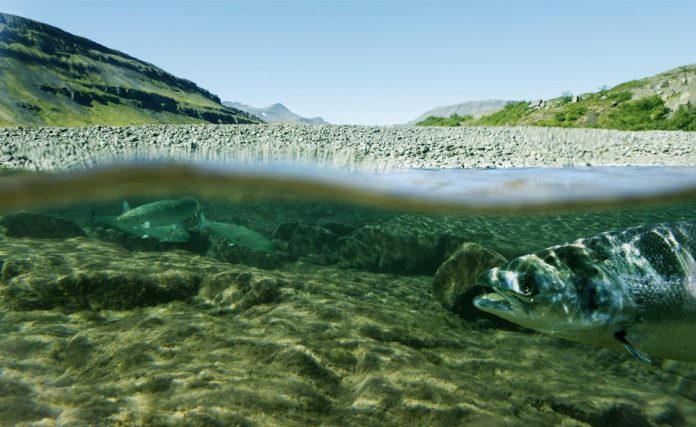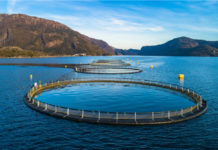In the ongoing debate about which is better for you, farmed or wild fish, two of the factors that come up again and again are the fish’s diet and the environment it lives in. The conditions fish are raised in have an enormous impact on their quality, safety and nutrition. We’ve broken down the effects of diet and environment on both farmed and wild fish, so you can make an informed decision about which kinds of seafood to include in your diet.
Diet: Wild Fish

Wild fish eat a huge range of foods, depending on their species and what is available in their immediate surroundings. Smaller fish tend to feed on algae, which is how they get beneficial omega-3s. Larger fish are often piscivores, which means they eat the smaller fish, and get the omega-3s that way.
What This Means
When the food they eat is plentiful and not contaminated by mercury or other pollutants, wild fish are an excellent choice. However, since their diets are restricted by what is available to them, the level of nutrition varies from fish to fish. For the most part, wild fish are able to forage for a varied, nutritious diet that contributes to their overall health—and yours, too.
Diet: Farmed Fish

When fish are farmed properly, they are fed a carefully regulated, nutritionally complete diet. This allows fish farmers to make sure their stocks get all the protein, fats, carbohydrates, vitamins and trace minerals they require to grow and stay healthy. This also makes it possible to be absolutely sure fish don’t get any antibiotics, chemicals or hormones in their diet.
Usually, this feed comes in the form of vegetable-based food pellets that float on the surface of the water. For piscivores, these pellets may be enriched with fish or fish oil. By growing their feed on land, fish farmers avoid having to capture wild fish to support aquaculture—and that helps reduce the ecological footprint of the industry.
What This Means
Since they are fed all the nutrients they need to grow and thrive, farmed fish grow and mature quickly—which is good for farmers and good for families, since it makes it possible to supply more of the world’s demand for fish without reducing wild stocks. Since farmed fish don’t consume algae or other wild fish, they may be lower in omega-3s—but that’s not always the case. For many species, the omega-3 levels are actually higher. Experts say that more research is needed to definitively identify the effects of plant-based food on the nutritional content of farmed fish.
Environment: Wild Fish

Fish in the wild have plenty of room to swim around, so they tend to be lower in fat than their farmed counterparts. This is more apparent in fish like salmon, and less so in fish like Tilapia, which is already very low in fat. One potential drawback is that wild fish may have to deal with exposure to different kinds of pollution.
What This Means
For the most part, wild fish don’t contain dangerous levels of these substances—and reputable fisheries will ensure that their catches are completely safe to eat. That said, children and pregnant women should avoid eating certain wild species that are likely to contain higher levels of mercury. Generally speaking, wild fish is just as healthy as farmed fish and well worth including in your diet.
Environment: Farmed Fish

The conditions of fish raised for consumption vary widely, so it’s important to choose options that come from reputable providers in countries with strict regulations around aquaculture. On modern, sustainable fish farms, the stocks are raised without any hormones or antibiotics and have a constant flow of fresh water that is carefully monitored for quality.
What This Means
The best environment for a fish’s health is one that mimics its natural environment while ensuring no contaminants get in. Fish should have enough space to swim against natural currents like they would in the wild. You can tell which options are best by checking the label for certifications or talking to your fishmonger.
For more information on aquaculture, the differences between farmed and wild fish, and what all this means for the environment, read these related articles:
- Dangerous or Sustainable? The Truth About Aquaculture
- Which is Safer to Eat: Farmed Fish or Wild Fish?
- Why It’s Important to Have Both Farmed and Wild Fish
- Understanding the Global Food Shortage—How You Can Help
Photo credits: J. Helgason / Shutterstock Inc., Dennis Forster / Shutterstock Inc., Regal Springs, Rich Carey / Shutterstock Inc., Regal Springs






